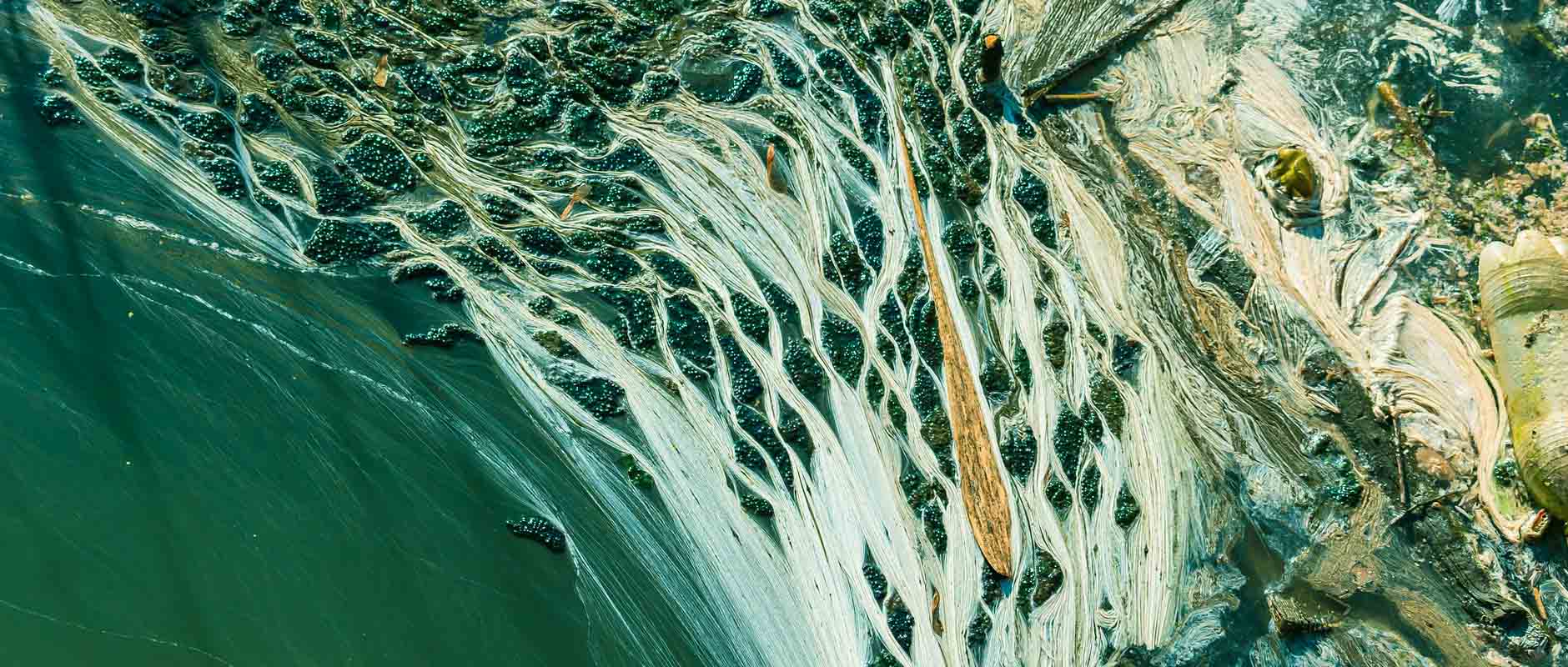The Great Lakes, North America’s crown jewel, are not only a vital source of freshwater for millions but also a thriving ecosystem teeming with life. However, as awe-inspiring as they are, the Great Lakes face growing concerns due to the devastating impact of plastic pollution and harmful algae blooms. Studies unravel the complex interplay between these two issues, shedding light on the potential consequences that are far graver than previously anticipated.
Scientific discoveries
Researchers at Wayne State University have taken a novel approach to study the relationship between microplastics and microalgae in the Great Lakes. Traditionally, these issues have been examined independently. However, Kishore Gopalakrishnan and Donna Kashian decided to explore what happens when these two factors interact.
In their lab experiments, the researchers discovered that microplastics actually promote the growth of microalgae. They conducted tests by combining different amounts of microplastics with algae in a series of flasks displayed on a lab table. They subsequently gathered samples from the mixtures and inserted them into a flow cytometer. This device shone a light beam through the fluid, facilitating the quantification of algal cells.
In particular, they found that green algae grow faster in the presence of high-density polyethylene microbeads, a common plastic. Similarly, blue-green algae growth is encouraged by the carbon content in microplastics.
Julie Peller et al. had also been exploring the effects of microplastic pollution on the Great Lakes. Their research focused on microfibers and their impact on Cladophora algae, a common type found in these waters. Peller’s findings showed that the algae collected substantial amounts of microfibers, which likely ended up in lake sediment.
“Everything is interconnected”
The interconnectedness of the aquatic system plays a pivotal role in the ongoing struggle of understanding water pollution. Gopalakrishnan explained that once microplastics enter the water, they provide a surface for microalgae to attach to and grow on, making the algae heavier and causing them to sink to the bottom. This, in turn, can lead to bottom-feeding creatures mistaking the algae-covered microplastics for food. As a result, plastic can enter the food chain, accumulating in larger fish and potentially causing adverse effects on human health.
This situation highlights the importance of understanding the complex relationships between different elements within the aquatic ecosystem. Microplastics not only directly affect the organisms that ingest them, but also indirectly impact the entire food chain. The increasing presence of microplastics in the Great Lakes could lead to disruptions in the delicate balance of the ecosystem, endangering various species and the overall health of the lakes.
Collaborative action
Despite the alarming situation, there remains hope for the future. Research conducted by scientists at various institutions is helping us better understand the intricate interactions between different environmental problems in water bodies worldwide. It is our shared duty to preserve these essential water resources for generations to come.
Governments, industries, and individuals must take collective action to minimize plastic waste, mitigate the factors contributing to HABs, and support research into cutting-edge solutions for managing these issues. Public awareness campaigns should be initiated to enlighten people about the consequences of these environmental problems and inspire the adoption of more eco-friendly practices.
Water resources are invaluable treasures we cannot afford to lose. As we delve deeper into the hidden connections between microplastics and algae blooms, decisive action is crucial to counteract the damage and safeguard these vital waters for future generations. By joining forces, we can ensure that our precious water resources continue to serve as magnificent symbols of natural beauty and crucial lifelines for countless living beings, including humans, animals, and the environment.
